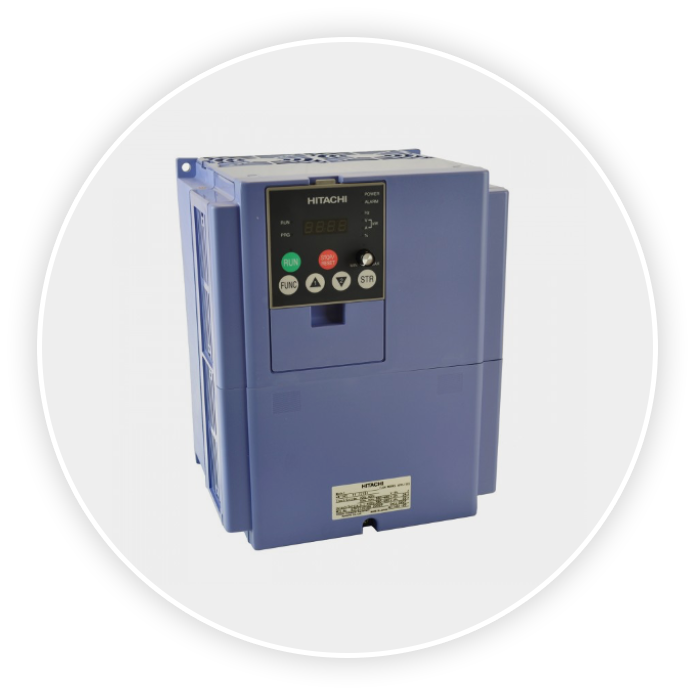Variable Drives
Variable drives are one of the greatest innovations for cranes in decades. They provide the following improvements:
Variable drives eliminate inrush current and reduces run current, improving the efficiency of motors. Inrush current is typically 5 to 8 times run current, so on a 20 Hp motor, at 480V, the inrush current can be as high as 220 Amps. Many industrial electrical meters measure peak current; your electrical bill for 220 amp will be significantly higher than for 25 amp.
Safety is a prime concern when moving large loads. Variable drives ramp speeds up and down, reducing dangerous load swing.
- Optical and radio remotes
- Pre-engineered systems
- Custom-engineered systems
- Individual replacement transmitters
- Truck crane and overhead crane remotes

An important feature of a variable drive includes placing loads precisely where they need to be. The ability to inch a load into position, without the load swinging, increases safety (smashed fingers in tight quarters) and improves efficiency. Without the ramp and slow speed features, the operator must wait for load to stop swinging each time the operator pushes the button.
As you can imagine 220 amp inrush current greatly reduces the life of relays and other components, especially when operators jog the hoist.
Increased brake life. Variable drives use regenerative braking to stop motion and only use the brake as a holding brake. The brakes should last forever.
The slow speeds available allow accurate positioning where the faster speeds allow moving cranes with no load or small loads quickly. A variable drive bridge and trolley can save over 50% of the movement time over a single or double speed crane.
